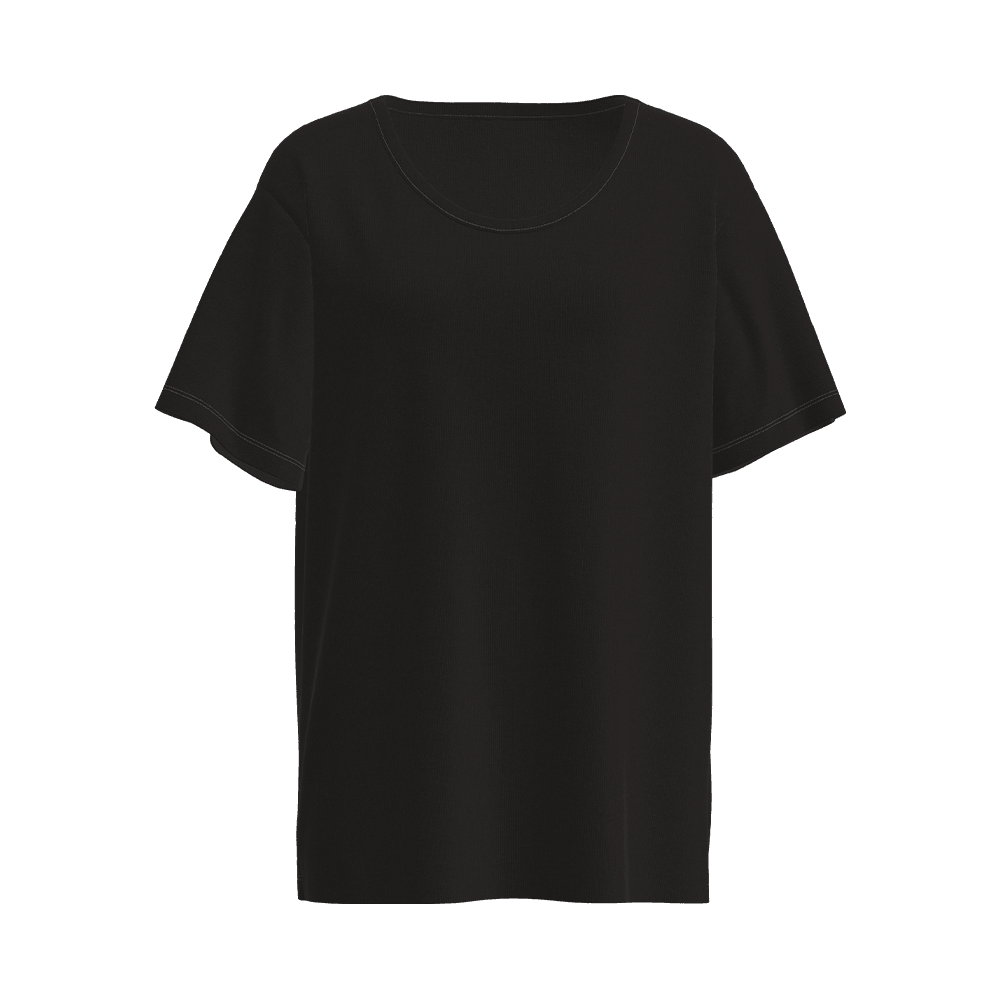
What are the differences in thermal regulation between C/T(Coolmax) quick-drying single jersey fabric and pure cotton fabrics?
In recent years, textile technology has significantly advanced to meet the growing demands of comfort, performance, and sustainability in clothing. Among innovative fabrics, c/t(coolmax)quick-drying single jersey fabric has emerged as a popular choice in activewear, sports apparel, and casual garments. Compared with traditional cotton fabrics, it offers distinct advantages in terms of moisture management, breathability, and thermal regulation.
Composition and Structure
Fiber Composition
c/t(coolmax)quick-drying single jersey fabric is a blended fabric composed of cotton and Coolmax fibers, typically in varying ratios depending on performance requirements. Cotton provides softness, comfort, and natural absorbency, while Coolmax fibers contribute superior moisture-wicking properties and rapid drying capabilities. In contrast, pure cotton fabrics are made entirely of natural cotton fibers, which are highly breathable but retain moisture longer.
The incorporation of Coolmax fibers in c/t(coolmax)quick-drying single jersey fabric enhances its ability to transport moisture from the skin to the fabric surface, allowing for faster evaporation. This property directly influences thermal regulation by preventing the body from cooling excessively in wet conditions and maintaining a more consistent temperature.
Knit Structure
The single jersey knit structure of c/t(coolmax)quick-drying single jersey fabric plays a vital role in its thermal performance. Single jersey fabrics feature a smooth surface on one side and a slightly textured surface on the other, providing a lightweight, flexible, and breathable material. This structure promotes airflow, facilitates moisture evaporation, and improves overall thermal comfort.
Pure cotton fabrics can also be knitted in a single jersey structure, but their lack of moisture-wicking fibers means that retained moisture can reduce their thermal efficiency. As a result, garments made from pure cotton may feel heavier and cooler when damp, whereas c/t(coolmax)quick-drying single jersey fabric maintains a more comfortable temperature.
Moisture Management and Thermal Regulation
Moisture-Wicking Properties
One of the primary differences between c/t(coolmax)quick-drying single jersey fabric and pure cotton fabrics is their ability to manage moisture. The Coolmax fibers within the fabric have a specialized cross-section that channels moisture away from the skin, allowing it to spread across the fabric surface and evaporate quickly. This property helps regulate body temperature during physical activity or in warm conditions.
In contrast, pure cotton fabrics absorb moisture but lack efficient wicking capabilities. Sweat tends to remain on the skin or saturate the fabric, which can lead to discomfort, reduced thermal regulation, and longer drying times. This difference makes c/t(coolmax)quick-drying single jersey fabric particularly suitable for sportswear, performance clothing, and garments worn in humid or high-activity environments.
Thermal Regulation
c/t(coolmax)quick-drying single jersey fabric provides superior thermal regulation through a combination of moisture management and fabric structure. By keeping the skin dry, it reduces heat loss through evaporative cooling, maintaining a stable body temperature. Additionally, the lightweight knit structure allows air circulation, which helps dissipate excess heat while preventing overheating.
Pure cotton fabrics, while naturally breathable, do not offer the same level of moisture-driven thermal regulation. When wet, cotton tends to cling to the skin and can create a cooling effect that may feel uncomfortable in cold or humid conditions. Conversely, in hot environments, wet cotton can delay evaporation, causing heat retention and discomfort.
Evaporation Rate Comparison
The evaporation rate of moisture is a key factor in thermal regulation. c/t(coolmax)quick-drying single jersey fabric exhibits a significantly faster drying time compared with pure cotton fabrics. This rapid drying minimizes heat loss caused by wet fabric and enhances wearer comfort. The combined effect of moisture transport and high evaporation efficiency ensures that garments retain optimal thermal properties under various conditions.
| Property | c/t(coolmax)quick-drying single jersey fabric | Pure cotton fabric |
|---|---|---|
| Moisture wicking | High | Low |
| Drying time | Fast | Slow |
| Thermal regulation | Consistent | Variable |
| Air permeability | Moderate to high | Moderate |
| Comfort when wet | Maintained | Reduced |
Comfort and Wearability
Skin Comfort
c/t(coolmax)quick-drying single jersey fabric offers a soft, smooth surface that minimizes skin irritation and enhances comfort during prolonged wear. The cotton component contributes softness, while Coolmax fibers reduce the sensation of dampness. This combination ensures that garments remain comfortable during active movement or in warm climates.
Pure cotton fabrics, while soft and natural, can feel heavy and clingy when wet, potentially leading to discomfort and chafing. In high-performance scenarios, this difference becomes particularly noticeable, affecting both perceived comfort and functional performance.
Breathability and Airflow
The single jersey knit structure of c/t(coolmax)quick-drying single jersey fabric allows moderate airflow through the material, supporting natural cooling mechanisms. While pure cotton is also breathable, the presence of moisture can hinder airflow and reduce thermal efficiency. The balance of cotton and Coolmax fibers in the blended fabric ensures optimal breathability while maintaining rapid moisture evaporation.
Odor Control
An additional consideration in thermal regulation and comfort is odor management. c/t(coolmax)quick-drying single jersey fabric dries quickly, reducing the prolonged presence of sweat, which can contribute to odor development. Pure cotton fabrics, which retain moisture longer, are more susceptible to odor accumulation, particularly in high-activity applications.
Performance Applications
Sportswear and Activewear
The superior thermal regulation of c/t(coolmax)quick-drying single jersey fabric makes it ideal for sportswear and activewear. Athletes require garments that efficiently manage moisture, maintain consistent body temperature, and provide comfort during extended physical activity. The quick-drying and breathable properties of the fabric meet these needs effectively.
Pure cotton fabrics, although comfortable and breathable, are less suited for high-intensity sportswear due to their slower moisture evaporation and less effective thermal regulation. Cotton-based garments may become heavy and uncomfortable during prolonged exertion.
Casual and Everyday Apparel
In casual wear, c/t(coolmax)quick-drying single jersey fabric offers benefits such as lightness, comfort, and easy maintenance. Its quick-drying ability is advantageous for travel, outdoor activities, and daily wear in warm or humid climates. Pure cotton fabrics remain popular for casual apparel due to their softness and natural feel, but may not offer the same level of functional performance in challenging environments.
Layering and Seasonal Adaptability
c/t(coolmax)quick-drying single jersey fabric also performs well as a base layer in multi-layer clothing systems. Its rapid moisture transport helps prevent the accumulation of sweat against the skin, contributing to thermal comfort across different seasons. Pure cotton fabrics may be less effective in layered systems because retained moisture can reduce overall warmth and comfort.
Durability and Maintenance
Wash and Care
c/t(coolmax)quick-drying single jersey fabric generally retains its thermal properties after repeated washing cycles, provided it is cared for according to manufacturer guidelines. The blend of cotton and Coolmax fibers allows for machine washing, quick drying, and minimal shrinkage. Pure cotton fabrics may shrink or lose shape over time, especially when exposed to high-temperature washing or drying, which can influence thermal regulation and fit.
Longevity of Thermal Performance
The blend of fibers in c/t(coolmax)quick-drying single jersey fabric ensures long-term maintenance of thermal performance. Coolmax fibers resist degradation, maintaining moisture-wicking efficiency and rapid drying capabilities. Pure cotton fabrics, while durable, may gradually lose softness and absorbency, affecting thermal comfort over time.
Conclusion
In summary, the differences in thermal regulation between c/t(coolmax)quick-drying single jersey fabric and pure cotton fabrics are significant and directly influence garment performance, comfort, and suitability for various applications. Key distinctions include:
- Moisture management: The presence of Coolmax fibers ensures rapid wicking and evaporation, maintaining a consistent body temperature.
- Drying speed: c/t(coolmax)quick-drying single jersey fabric dries much faster than pure cotton, reducing heat loss and improving comfort.
- Thermal stability: The fabric maintains optimal thermal properties even when wet, whereas cotton may cause discomfort in similar conditions.
- Performance applications: The fabric is especially suited for activewear, sportswear, and multi-layer systems, while cotton remains popular for casual, low-intensity use.
- Durability: c/t(coolmax)quick-drying single jersey fabric retains its thermal efficiency over time, whereas pure cotton may gradually lose performance.
LATEST POST
Let’s create something amazing together
contact usDon't hesitate to contact when you need us!



 English
English 한국어
한국어 中文简体
中文简体

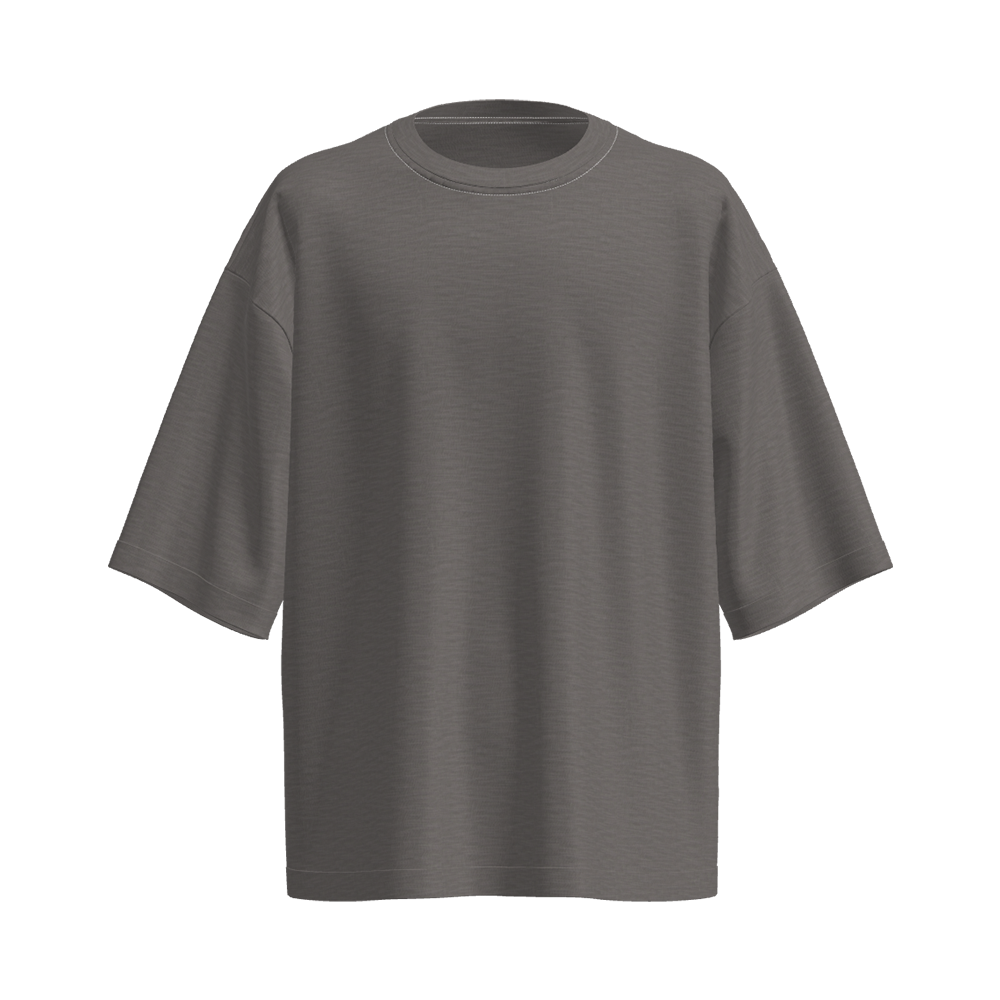

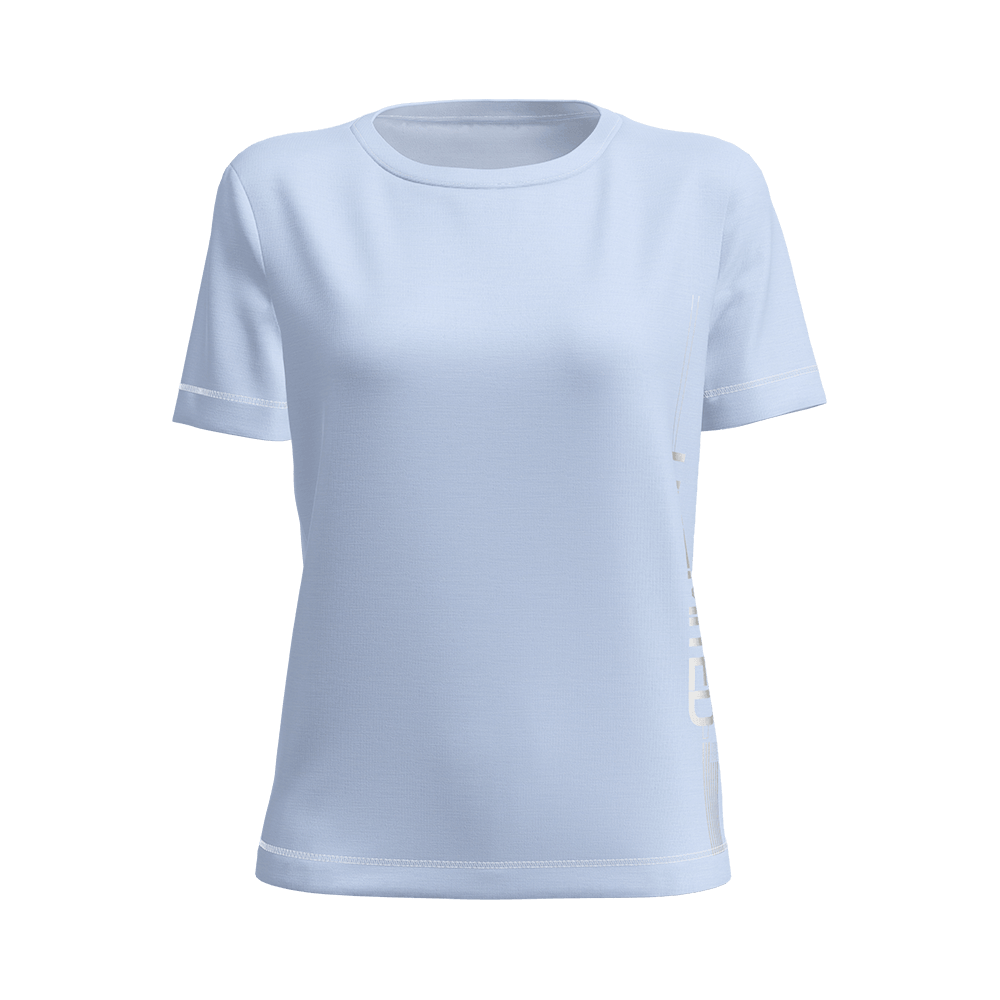

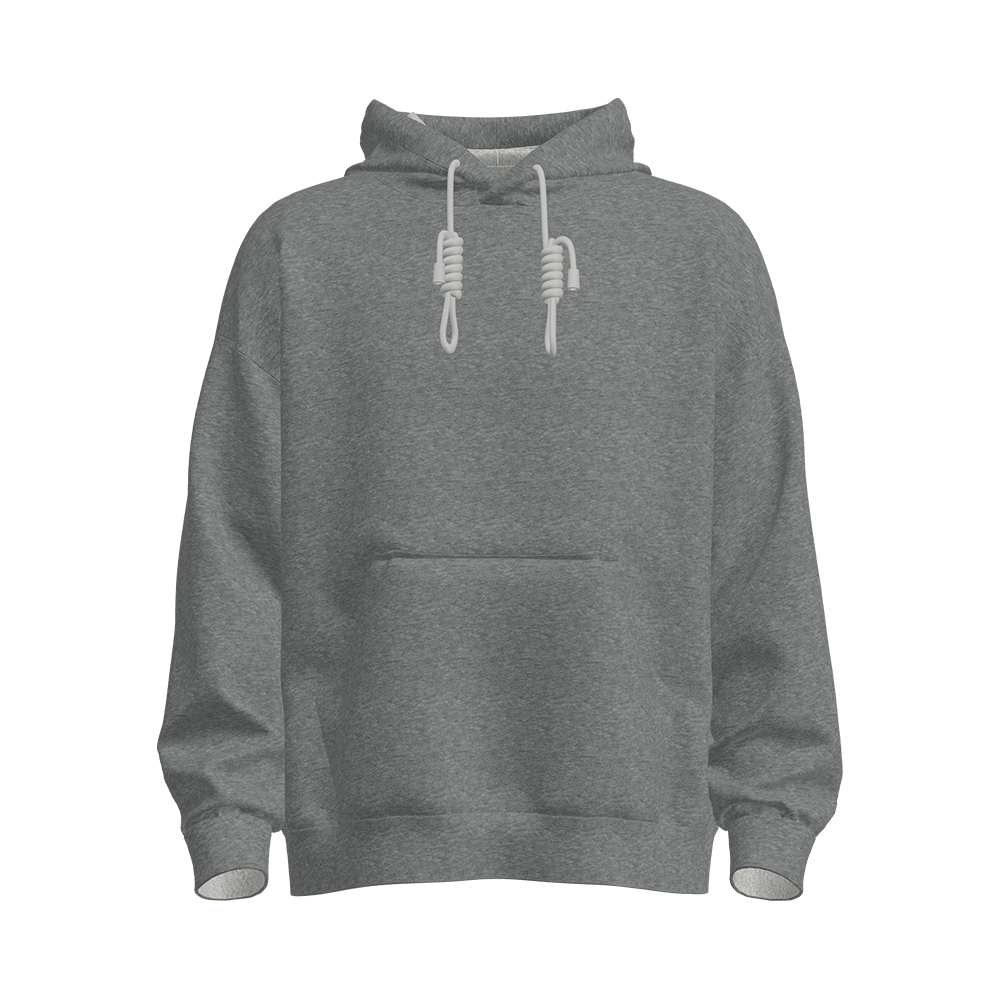
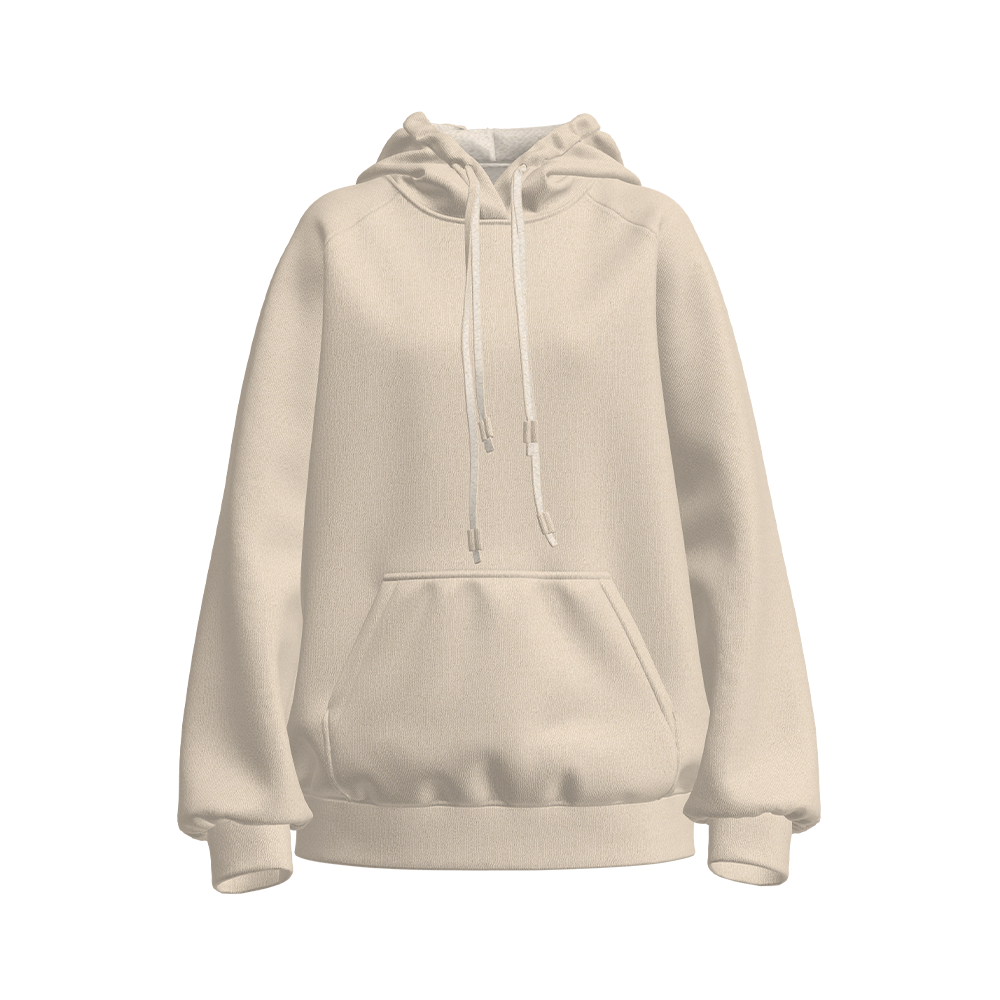


 +86-512-52528088
+86-512-52528088 +86-512-14546515
+86-512-14546515

